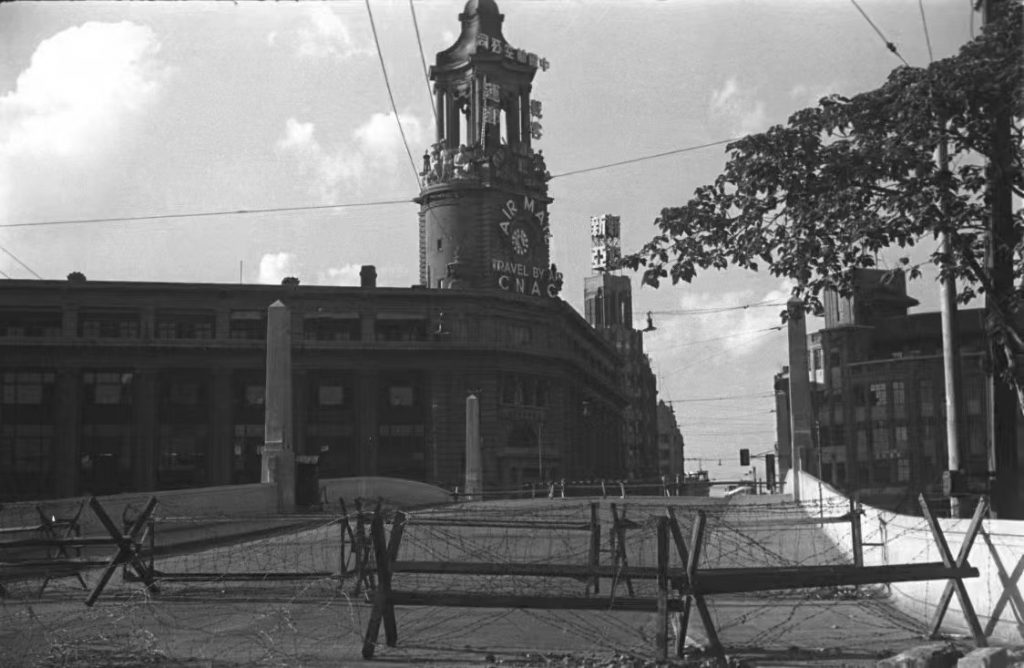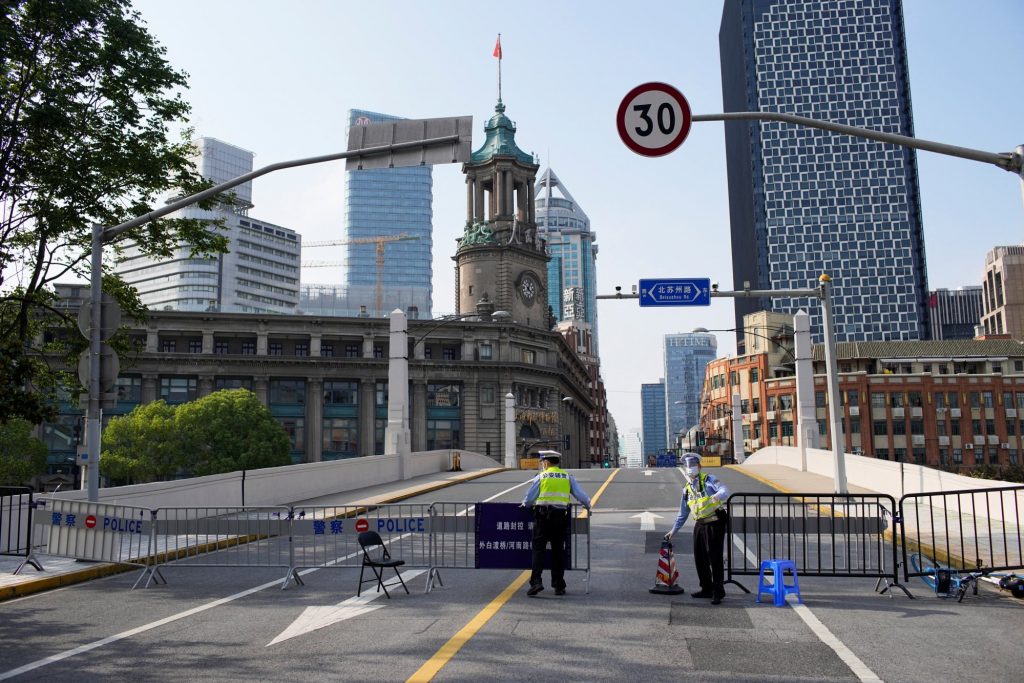The word of Gudao 孤岛(or isolated island) for Shanghai is usually associated with the 1937 to 1941 period. From the July 1937 to December 1941, both the International Settlement and the French Concession were surrounded by the Japanese army, but not occupied. Foreigners were still in control inside the concessions, but outside the population was ruled by the Japanese. Crossing in out the foreign settlements was difficult and dangerous, and population suffered. All people who lived through this period underline the strong feeling of isolation that people felt in Shanghai at the time. Supply was far from secure and many people died of hunger in city’s streets. Most of all, the city and it inhabitants were totally isolated from the rest of China.
After years of studying Shanghai history, I never thought that I would live through a period of time that is so similar. The last 2 years of CoVid epidemic have seen several periods when it was strongly recommended or sometimes forbidden to leave the city. As CoVid passed its second anniversary, it seemed that the epidemic was fading away… but it came back to the city with a vengeance. Although some districts started earlier, the lockdown started on 1st April on Puxi (4 days earlier in Pudong). It officially ended on 1st June, although some districts were still put under lockdown later on.
One of the strong reminder of the Gudao period, was that districts were separated from each other, with physical barriers being erected. Although the city’s administration has been largely changed since the late 1930s, some strong similarities remain. The most striking one for an Old Shanghai lover was surely the crossing point over the river on Szechuen Road (today Sichuan Lu).


Besides the similar images, this lockdown also created similar feelings. In particular food in Shanghai was scarce in the early weeks of the lockdown, as logistics chains were heavily disrupted. Food supply was also a massive issue in the Gudao era.
Similarly, during the Gudao, inhabitants felt locked in this little strip of land and getting out was really difficult if not impossible. As similar sens of enclosure captured Shanghainese and foreigners alike. Many foreigners left if they could in the Gudao era, and very few came back in the year after the war. In a similar ways, many foreigners in Shanghai have already left or are considering doing it, even if the full lockdown is now lifted.
Life in Shanghai remains unsettled and the usual optimism and forward thinking of the city has been severely shaken. Hopefully the city vibe will come back in the coming months, and the city will surely be in full swing again by then.
Wow! That photo comparison really nails it! My family lived there from about 1920 until 1949 ( my mother and her sister luckily were on a trip to visit relatives in 1941 so were in the USA when Pearl Harbor was bombed ) Most of the family were interned in various camps in Shanghai so I appreciate anything I find from that era.
Thanks
Brian
Thanks so much for this update I have been wondering how expats were faring during the lockdown.
Our family were interened folowing the Pearl Hatbour attack. My father was interned in Hyphong Road camp ( ex-US marine Barracks) The rest of the family spent time in Yu Yuen Road, ex-girls school, Yangtzpoo, ex- convent used by the Japnese, they left it in a terrible condition, and at Ash camp ex-British army camp. The photo of then and now, interesting other locations would interesting such as Ward Road Gaol, (which understand is due to be demolished for new housing).
David.G
As far as I know, the Ward Road Gaol (Tilanqiao prison nowadays) is scheduled for being redeveloped into some kind of “creative space”, meaning some offices with a style. sadly, orther large areas of Hong Kou / Hong Kew district have been redevelopped